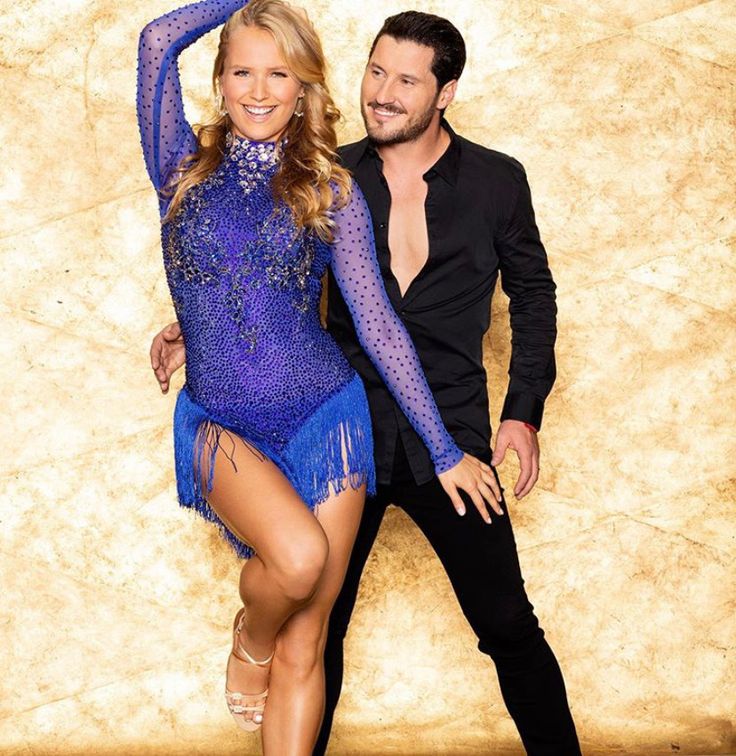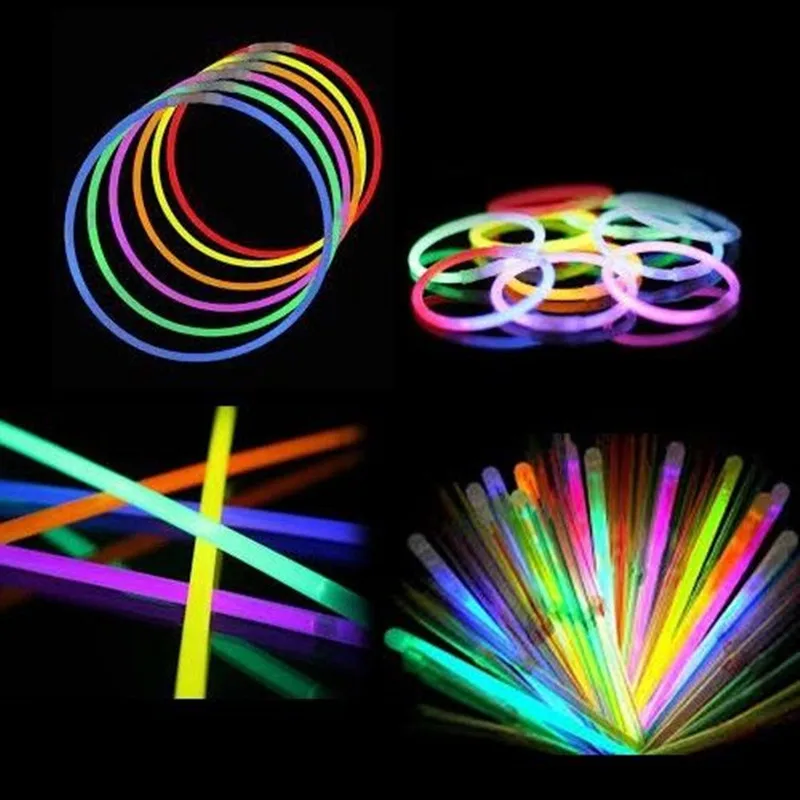How to lose weight for dancers
The 8 Best Weight Loss Tips For Serious Dancers — Ballet Folklorico de Los Angeles
Why do you dance?
Well, I dance for the same reason that I live, which is the mind, the body and the soul! I believe that for the serious dancer, dancing should be a way of life. How can you be in true harmony with life, if you only have the mindset of a dancer, the spirit of a dancer, but ...you are out of shape and/or overweight?
(Oops! I can hear it now, a lot of angry folk yelling at me for what I just said!)
But think about it...
True dancing should cater to the overall essence of your existence which is being in harmony with your life. When one of these elements, the mental, spiritual and physical, is out of balance it is almost impossible to give yourself IN FULL to your audience.
So I ask again, why do you dance?
You see, it is your responsibility, as a dancer, to deliver the HIGHEST VALUE and RESPECT to your audience, by keeping your physical body as healthy, fit and beautiful as possible. How can you deliver your BEST performance if you are out of shape? Think of it as if you were an Olympic athlete who is going for the gold!
Now, if you are just starting out, or have not danced for several years, it's normal to be out of shape or overweight. It's not a bad thing, and I'm not here to talk down to anyone. But, if you are serious about this profession, then you understand the importance of delivering to your audience the VALUE they deserve, which is your BEST you!
So, to help you out, what I have done below is listed the "8 Best Weight Loss Tips for Serious Dancers."
#1 DRINK 10 GLASSES OF WATER DAILYDancers should drink at least 10 glasses of water daily. Drinking water can boost your body's ability to burn fat. Studies show that drinking water increases a person's metabolic rate by 30% and that even mild dehydration can slow down metabolism by as much as 3%. Studies also show that drinking water before meals can help fill you up so that you don't overeat.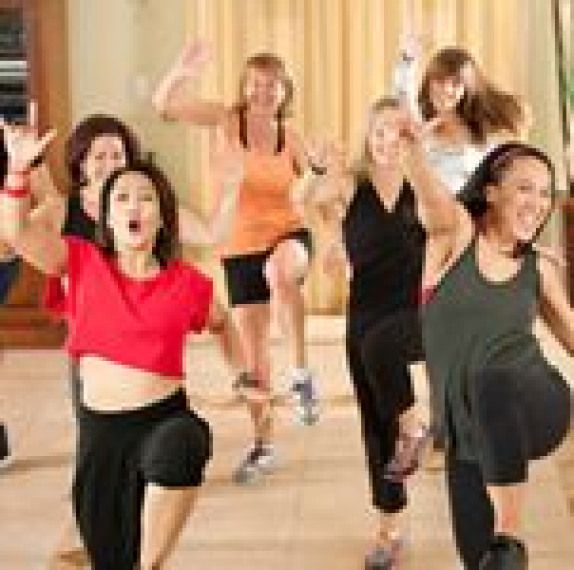
#2 GET A LEAST 8 HOURS OF SLEEP DAILY
Being short on sleep can most definitely affect your weight. When you lack sleep you might be tempted to skip exercise, or in your case, dance rehearsal (too tired). A study in the American Journal of Clinical Nutrition found that when people are in need of sleep, late night snacking increases, and they are more likely to choose high-carb snacks. A sleepy brain and body appears to crave junk food and lacks the impulse control to say no to certain foods.
#3 FAST 14-16 HOURS PER DAYFasting is a great method for losing weight. When I say fasting, I don't mean to say that you're not going to eat anything for days. There is a method to be followed. Fast for 14 (women) to 16 (men) hours each day, and then “feed” for the remaining eight to 10 hours. During the fasting period, you consume no calories, though black coffee, calorie-free sweeteners, diet soda and sugar-free gum are permitted. What and when you eat during the feeding window also depends on when you workout. On days you exercise, carbs are more important than fat. On rest days, fat intake should be higher.
During the fasting period, you consume no calories, though black coffee, calorie-free sweeteners, diet soda and sugar-free gum are permitted. What and when you eat during the feeding window also depends on when you workout. On days you exercise, carbs are more important than fat. On rest days, fat intake should be higher.
If it existed 10,000 years ago, it good for you. If it didn't exist 10,000 years ago, then most likely it's bad for you. Some examples include, meat, fish, veggies, fruits, fats, nuts, and seeds. Protein consumption should be fairly high every day, though it will vary based on goals, gender, age, body fat and activity levels.
#5 STRENGTH TRAINThere are so many benefits of strength training. Strength training helps keep weight off for good. Strength training translates to more calories burned because you'll burn calories while you're strength training, and your body will continue to burn calories afterward through a process called "physiologic homework." Additionally, it will help you build lean muscle mass and lean muscle will burn fat faster. More calories are used to maintain muscle than fat. Strength training also boosts your metabolism up to 15 percent!
Strength training helps keep weight off for good. Strength training translates to more calories burned because you'll burn calories while you're strength training, and your body will continue to burn calories afterward through a process called "physiologic homework." Additionally, it will help you build lean muscle mass and lean muscle will burn fat faster. More calories are used to maintain muscle than fat. Strength training also boosts your metabolism up to 15 percent!
Top athletes and dancers recognize the importance of stability exercises because it helps them perform better. These exercises benefit your neuromuscular coordination. In other words, they help improve communication between your brain and muscles. Stability exercises also help with muscle isolation and help you burn more calories because your body has to work much harder to stabilize. Something that is also very exciting about these exercises is that they help with core stabilization which translates to better coordination, athletic skill, and POSTURE.
Pilates truly is whole-body fitness. Pilates exercise focuses on core strength which is absolutely necessary for a dancer's movement. You have to have core strength to be a good dancer. Pilates helps build strength and helps develop balanced muscle movement as well as flexibility. Doing Pilates will also help you build strength without bulk and before you know it, you'll have a long and lean appearance.
#8 DO CARDIO AT LEAST 30-60 MINUTES/DAYCardio is absolutely necessary to lose weight and live a healthy life. You should do at least 30-60 minutes of cardio on the days when you don't have rehearsal. Another reason to perform cardio is for its effects on your metabolism. Along with speeding up your heart rate, cardiovascular exercise also increases the rate of other processes in your body, AKA YOUR METABOLISM.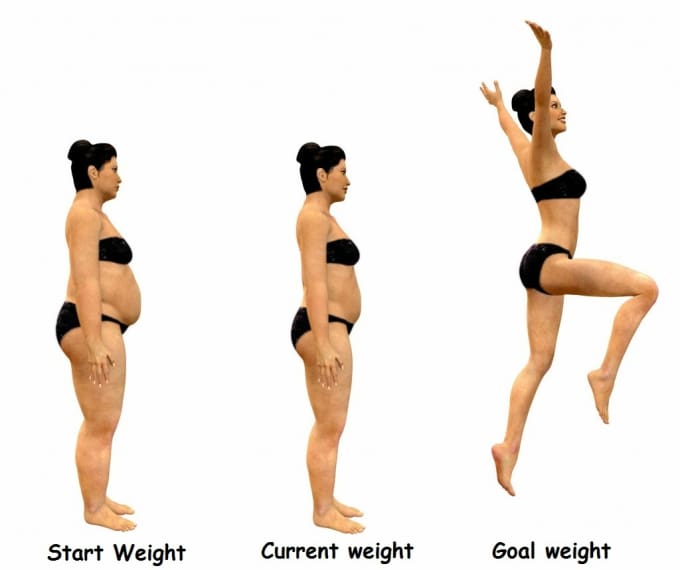
Now, you wanna burn fat without spending a lot of time at the gym? Then, do some HIIT Training! HIIT stands for High Intensity Interval Training and it's one of the best ways to burn fat off your body. You can do this outdoors jogging or at the gym on any cardio machine. Just do this for 20 minutes and no more. You're basically going to sprint for one minute and then jog for a minute. Then sprint for a minute and then jog for a minute and you keep doing this until the 20 minutes are up. Try it out. And be ready to sweat!
So remember, if don't feel as confident as you would like to on stage, stop wishing you looked and moved a certain way and start doing. I'll leave you with some words of encouragement.
Believe in yourself. I believe in you!
Maestra Kareli =)
P.S.
Don't forget to leave your questions and/or comments below and share with your friends. Become a VIP Member below to get our latest updates and blog posts!
Weight Loss for Dancers
The desire to lose weight is very much at the forefront of our culture, which is unfortunately encompassed by aesthetic ideals (a topic I discuss here).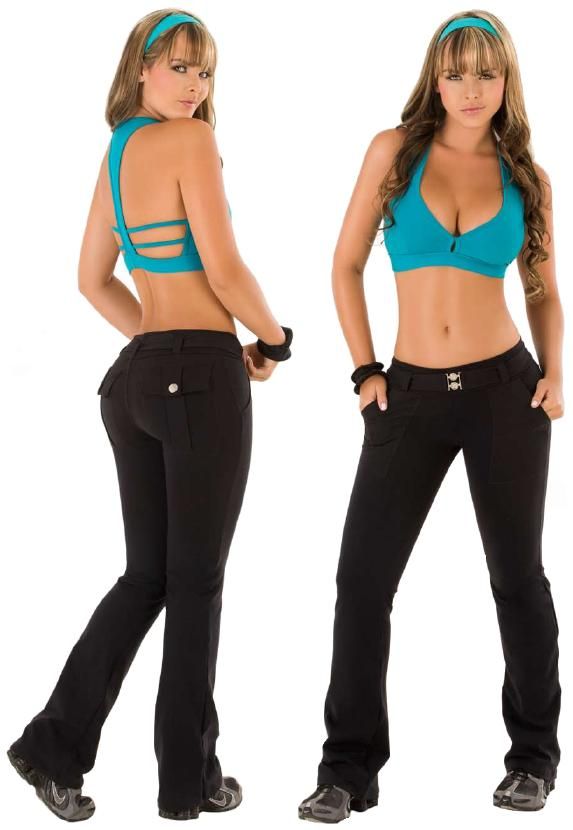 It’s understandable when a dancer comes to me with the goal to lose weight. Diet culture has conditioned us into thinking that a specific body ideal is a key to success.
It’s understandable when a dancer comes to me with the goal to lose weight. Diet culture has conditioned us into thinking that a specific body ideal is a key to success.
Simultaneously, the health and wellness world is evolving with powerful movements like intuitive eating, food freedom, and body acceptance. Much of my social media presence centers around my non-restrictive approach to eating. As a Registered Dietitian for dancers, I’m all about teaching dancers how to engage in health-promoting behaviors. This embodies sustainable lifestyle changes. The problem is that “lifestyle changes” in today’s world of wellness culture often involve restrictive eating habits, food rules & body control.
So, where does weight loss fit into a non-diet lifestyle?
Can dancers lose weight and still maintain a non-diet lifestyle?Every dancer is entitled to body autonomy and if that involves wanting to lose weight, then so be it. It’s not my place to convince anyone of dropping that desire for weight loss (especially as someone with thin privilege).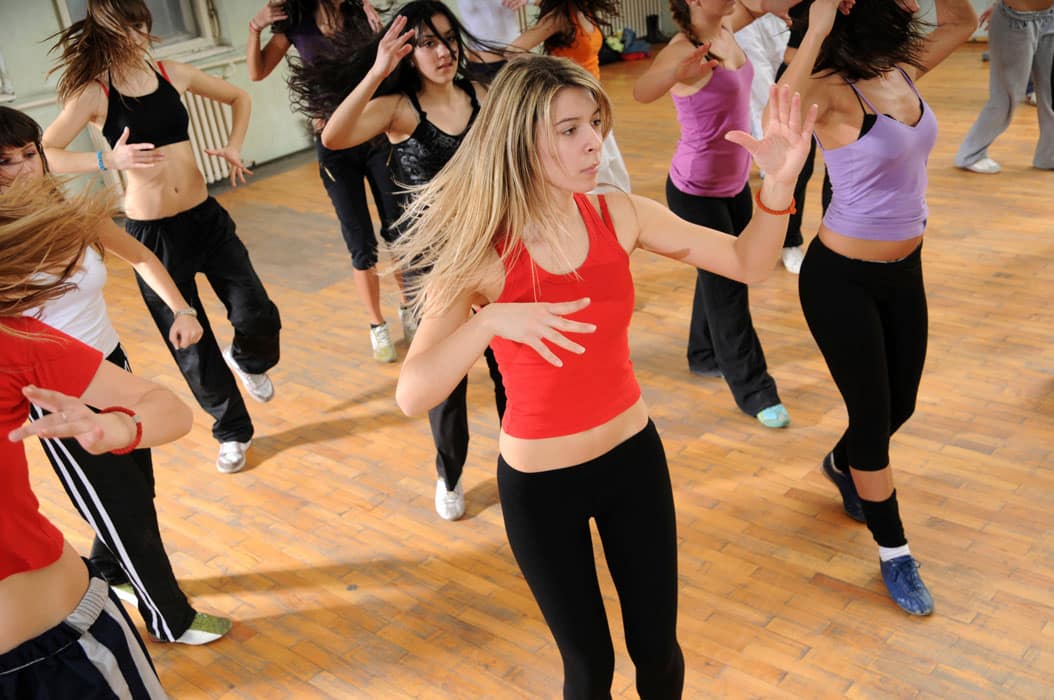 But here’s the deal: my work as a dietitian for dancers does not embody weight loss. As a clinician, it’s my ethical duty to educate dancers about the hard facts of systemic fatphobia and dieting, especially when we know that:
But here’s the deal: my work as a dietitian for dancers does not embody weight loss. As a clinician, it’s my ethical duty to educate dancers about the hard facts of systemic fatphobia and dieting, especially when we know that:
- Weight loss does not equate to better health.
- Long term weight loss is impossible for 95-98% of dieters.
- Long term “successful” dieters are often partaking in severe disordered eating habits.
- The negative health impacts of weight cycling outweigh any supposed benefits to extereme weight loss.
When weight loss is the primary goal of our “lifestyle changes,” we risk short-term habits like restrictive eating and overexercising. These habits leave us tired, frustrated, dissatisfied, chronically hungry, constantly thinking about food, and likely to, eventually, eat past a point of physical comfort. Despite the level of control you feel is needed to achieve your goal weight, your body will eventually do what it needs to do.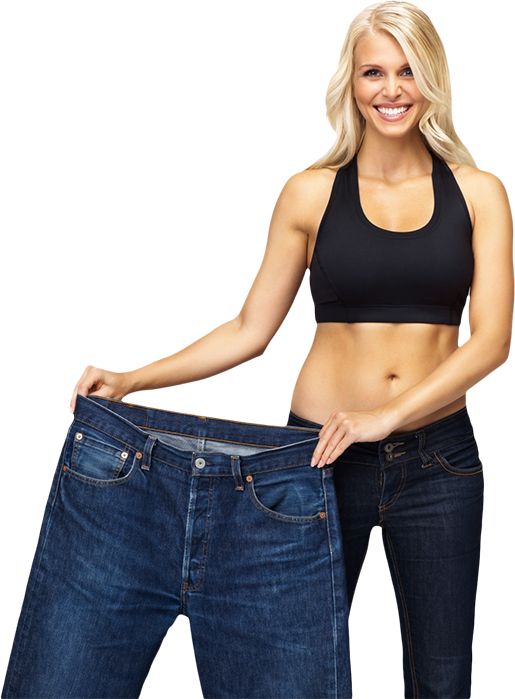 Family, friends, artistic directors, teachers, and choreographers cannot dictate your body weight goals. In fact, even you cannot dictate this goal and I, despite being a medical professional, certainly cannot dictate that goal. Rather, your body and its genetic blueprint, dictate this goal. We call this our set point weight.
Family, friends, artistic directors, teachers, and choreographers cannot dictate your body weight goals. In fact, even you cannot dictate this goal and I, despite being a medical professional, certainly cannot dictate that goal. Rather, your body and its genetic blueprint, dictate this goal. We call this our set point weight.
I’ve previously discussed how to define a healthy weight for dancers. In regard to your set point, it’s the weight range at which your body feels most comfortable. It’s like the “sweet spot!” Contrary to assumption, identifying your set point weight range involves focusing on your feelings and behaviors, NOT your weight! When you’re at your set point, you:
- Are not micromanaging your weight.
- Are maintaining your weight within a range.
- Are honoring your hunger and fullness cues in a way that feels good.
- Are able to move your body in a way that doesn’t feel excessive or compulsive.
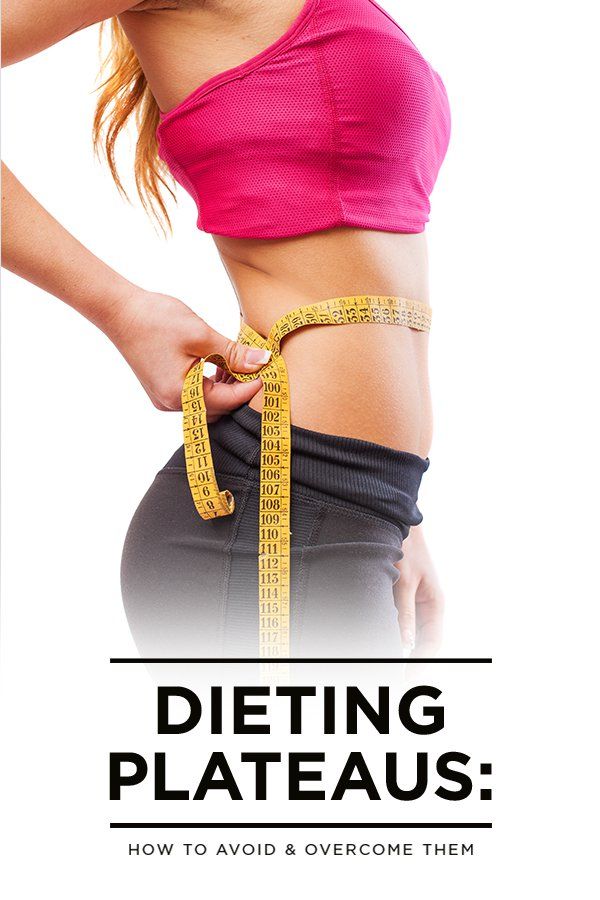
I truly believe that we can reach a point of happiness within our bodies without having to sacrifice the very foods that we love. I also believe that dancers can be successful and have fulfilling careers without having to diet. However, it makes sense when a dancer hesitates to work with me in fear that this approach will not get them to their weight goal.
I’m not going to guarantee you weight loss, and if anyone does guarantee you this, then I question the sustainability of that goal. Weight loss can come from us working together. In fact, I work with many dancers who, along their journey towards food freedom, end up losing weight. I also work with dancers who eventually gain weight. And last, I even work with dancers who simply maintain their weight. Will weight loss eventually happen? It might! The facts about body composition, however, make it nearly impossible for me to guarantee this to you.
Here’s what I can guarantee you: together, we can work to equip you with a lifestyle that’s both sustainable and enjoyable. Your goal can focus on feeling strong, energized, and confident in both your body and in your food choices.
Your goal can focus on feeling strong, energized, and confident in both your body and in your food choices.
.
Rachel Fine is a Registered Dietitian Nutritionist, Certified Specialist in Sports Nutrition, and Certified Counselor of Intuitive Eating. Rachel works with dancers and fitness enthusiasts to optimize performance and rebuild their relationships with food and body.
Disclaimer: Some of the links in this post are affiliate links, which means I could receive a small commission if you purchase the product through this link.
Dancer's Diet - - Dance School Exclusive
This is simply vital for dancers - children, teenagers and adults! http://www.santegra.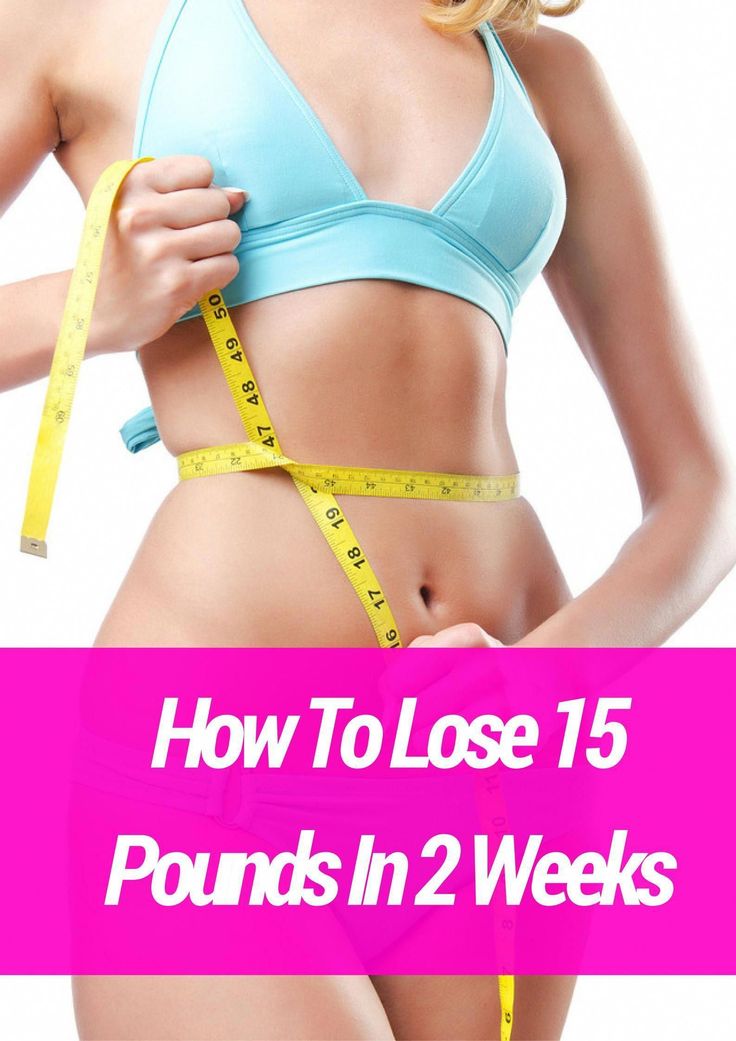 spb.ru/
spb.ru/
You can order from us at the dance school!
SO.....
Stephanie and Daryl Campbell weren't surprised when they saw one of their dancers run off the stage after his first act and complain of nausea and stomach pain. Just before taking the stage, this dancer drank an energy drink full of sugar and caffeine. “Nerves are on edge the day before the competition,” says Stephanie Campbell, co-director and founder of DC Dance Factory in Nashville, Tennessee. “What you eat and drink, and how you take care of yourself on this day, affects your nerves, stamina and muscle strength. Sugar and caffeine may seem to give you energy, but they also upset your nerves and stomach. Nothing can replace healthy food"
Starting the day with a healthy breakfast will have a positive effect on the dancers' performance throughout the day. Iris Gold and Heather Keller, owners of the FreeholdAcademy for the Performing Arts in Freehold, New Jersey, advise dancers to eat something light, like a muffin or porridge, before leaving for the competition. "They shouldn't eat anything fatty, it will upset their stomach, but they shouldn't show up at the competition without eating anything either," says Gold. “With all these nerves, sometimes it can be difficult to distinguish between nervousness and hunger pains, so it’s always best to eat something light before a performance.”
"They shouldn't eat anything fatty, it will upset their stomach, but they shouldn't show up at the competition without eating anything either," says Gold. “With all these nerves, sometimes it can be difficult to distinguish between nervousness and hunger pains, so it’s always best to eat something light before a performance.”
However, at a competition it can be difficult to resist the greasy food offered by the local buffet. “They usually sell low-quality, high-fat food like donuts or fried patties, potato chips and hot dogs,” confirms Crystal Farrell, owner of the Academy of Ballet & Dance Arts in Yorba Linda, California. Farrell advises dancers to bring bags of fresh fruits, vegetables, yogurt and cheese to the competition.
Daryl Campbell agrees that it's important to avoid processed, fatty foods on race day. "Our dancers often perform in a lot of numbers and when you're sweating and overheating, fatty foods don't sit well in the stomach," says Campbell. “It’s not just processed foods like chips that can upset the stomach, but also foods with excess calories and low nutritional value, which take energy away and make the dancer feel heavier than they really are. This can affect turns and jumps.” Like Farrell, Campbell advises dancers to bring their own food to competitions: "I tell dancers to bring light, healthy food that's easy to make, like salads and Turkish sandwiches."
This can affect turns and jumps.” Like Farrell, Campbell advises dancers to bring their own food to competitions: "I tell dancers to bring light, healthy food that's easy to make, like salads and Turkish sandwiches."
Dancers should avoid sweets as much as possible in competition. "It's hard to convince dancers not to eat candy because it's delicious and dancers need energy, but almost immediately after that sugary burst of energy, it's very tired," says Keller. “And suddenly it happens that the dancers lie on the floor and sleep in between numbers instead of stretching. If they can't live without sugar, I advise them to eat a sports bar
Knowing which drinks to drink in competition and which to avoid is just as important as knowing how to eat right. “Water is everything,” says Campbell. “I can’t express in words how important it is to drink plenty of water at competitions. We constantly see dancers go into convulsions from not drinking enough. Once we even had to send one dancer to the hospital, we thought that he had an injury, but it turned out that it was muscle spasms caused by dehydration. Campbell recommends avoiding carbohydrate drinks: "They slow down breathing and reduce endurance, which is the last thing dancers need in the moment of competition."
Campbell recommends avoiding carbohydrate drinks: "They slow down breathing and reduce endurance, which is the last thing dancers need in the moment of competition."
If you don't eat on race day, that will also decrease your endurance, Gold warns. “It's very common for dancers to say they don't eat on competition day or even stop eating the day before their performance,” she says. “Sometimes they complain that they don't fit into their costumes or they don't look good on stage. One of our students did not have a snack at all during the competition. When she left the stage, she could not breathe, her heart was jumping out of her chest, and her stomach hurt terribly. It is very important to remind students that they will not be able to dance well if they starve their bodies. Not eating is just as harmful as eating any garbage.”
Discussing food and drink with students in competition is a science, so do it carefully and politely. Stephanie Campbell says: “We try to educate our girls about nutrition, but even though we emphasize the importance of healthy food and developing endurance, they still complain that we are supposedly hinting at being overweight.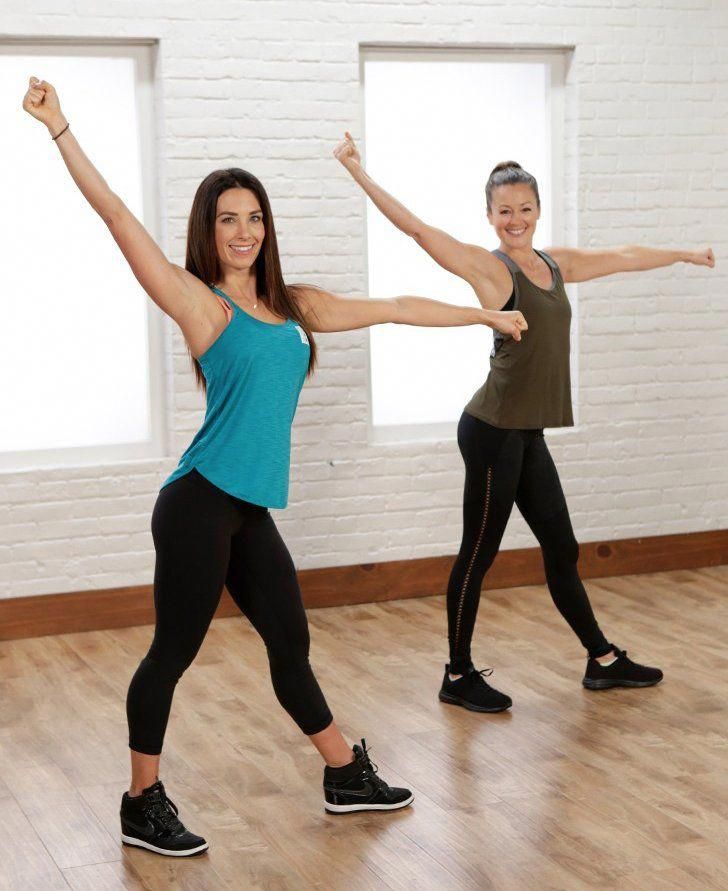 It is important to educate students about nutrition in such a way that they know that it is not about body weight.”
It is important to educate students about nutrition in such a way that they know that it is not about body weight.”
Keller advises involving parents in this matter, asking them to prepare healthy food for their children for competitions. “We print flyers with a list of good food to bring to the competition,” she says. “We remind you that you can put grapes, cheese, yogurt, Turkish sandwiches and plenty of water in the bag, and we distribute these flyers to our students to take them to their parents.” The key to success is to do everything in advance. “Our volunteer parents are doing a great job with nutrition,” says Gold. “They call the teachers the day before the competition and ask what to pack for food. All this helps a lot and convinces the dancers of the need for a healthy diet.”
Stephanie Campbell notes that remembering the need for proper nutrition is a serious task for students, teachers, and parents. “Before a competition, it's easy to get bogged down in the choreography, the costumes, the make-up, and completely forget about the food,” she says.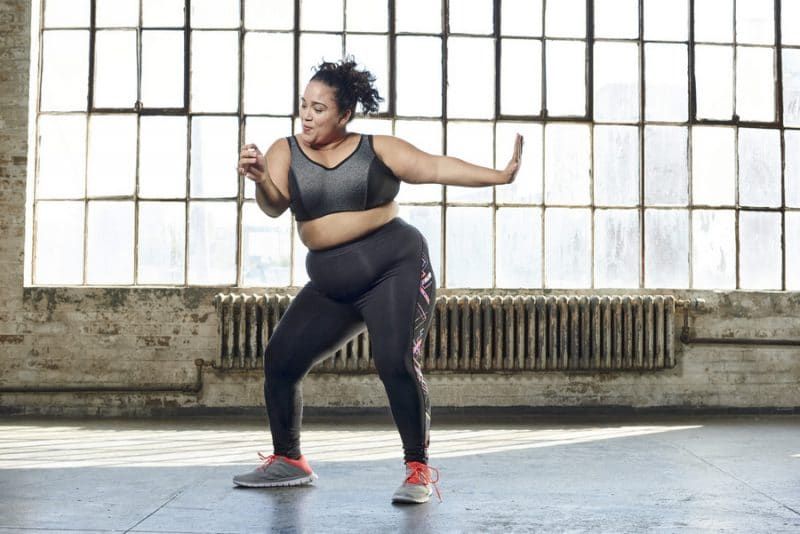 “But this results in the dancers not having time to eat and to the local donut buffet. It is important to remember that good nutrition makes dancers healthy. And when dancers are healthy, they can dance to the best of their ability."
“But this results in the dancers not having time to eat and to the local donut buffet. It is important to remember that good nutrition makes dancers healthy. And when dancers are healthy, they can dance to the best of their ability."
Teachers! Make sure before your students enter the stage:
1. They have their own food.
2. You reminded them about food, regardless of the nerves or misconceptions about what not to eat before the competition.
3. You made them eat a light breakfast on the day of the competition.
Top five snacks:
1. Water
2. Fruits and vegetables
3. Cheese and yogurt
4. Lenten sandwiches
5. Sports bars
Five worst snacks:
1. Sweets
2. Fatty food (hot dogs)
3. Processed food (chips)
4. Gazing
5. Sweet caffeine 5. energy
"A good surgeon will always help a bad dancer" (just kidding! But...)
Dancers' diet recipes for weight loss
(not for children!!!)
if you obey, elders, you will be like this !!!!
Oops!. ....
....
Type of diet - low calorie
Weight loss - 3-4 kg
Duration - 4 days
1. 1-2 glasses of warm excellent water (as soon as you get out of bed). Someone will add lemon with honey, someone will add sage, and someone ... what you need. Water will cleanse the body of both mucus and toxins
2. Fruits or fruit juice (half an hour after drinking water, you can do it in an hour, if it works out). Sour fruits are suitable for one blood type, sweet - for another. Some can afford citrus fruits, others only apples or pineapples. Here is your choice. The main thing is to eat your favorite fruits with pleasure. Just don't mix melon with anything. Preferably a banana too.
3. Cereal porridge or rye bread with herbs. The choice of grain is yours. You can choose (better - by blood type) by susceptibility, or by necessity. You can lightly salt with iodized salt. Boil or soak in water only.
Afternoon (until 4 pm)
1. Green tea with mint.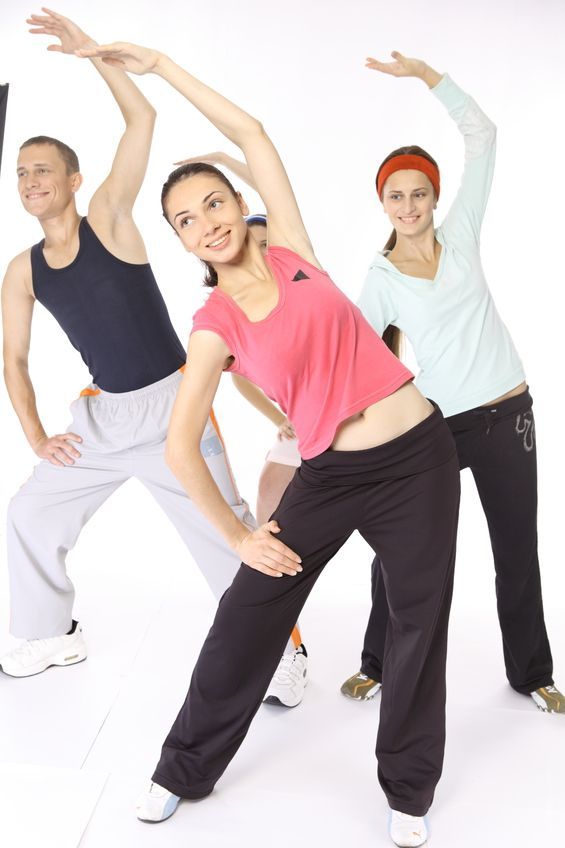 Taking vitamin B group (and someone needs A and E). And after half an hour or an hour, depending on where and how ... you have lunch:
Taking vitamin B group (and someone needs A and E). And after half an hour or an hour, depending on where and how ... you have lunch:
2. Chicken (or fish, or lean meat, or other poultry, or eggs, or other seafood, or mushrooms, or legumes, or soy or nuts). Portion should be reasonable, very reasonable. And feel - what to choose today.
3. Salad (again, some people can have cabbage, some people can't, and some people - beetroot or lettuce. Choose those vegetables that suit or need only you!). Do not season the salad with mayonnaise or sour cream. Just olive or vegetable, or apple cider vinegar (a few drops), or natural yogurt, or lemon juice. Every time you have to change not only the vegetables, but also the dressing. Don't repeat yourself. The portion may not be very reasonable.
Evening (until 7 p.m.)
1. Herbal tea with 1 teaspoon. honey. (you need to know what is good for you - linden or chamomile, ginger or cinnamon ... find out!). Do not forget to take vitamins - calcium with magnesium. Or any other group you need. And an hour later...
Or any other group you need. And an hour later...
2. Kefir (from 1 to 3 cups) or natural yogurt, or any fermented milk product. That's all. Although, you can add pieces of dried apricots to kefir...
As you know, a bad dancer is very hampered by excess weight, and a good dancer should always be in perfect shape. For the site of our site, we found a curious diet for quick weight loss. It allows you to lose a few extra pounds in a short time. I believe that it may well be used by good dancers in cases where it is urgent to lose weight. In its composition, this is a typical express diet. The daily amount of calories is extremely limited, so you should not follow the dancers' diet for more than 3-4 days.
The most important meal of the day is breakfast. For dancers, a great breakfast option is fiber-rich cereals with skim milk, which will keep you feeling full for longer. All grains and grains are rich in carbohydrates and low in fat, so feel free to use them as a source of energy for the day.
To effectively train, you need to have a high supply of muscle glycogen (carbohydrates). After training, these reserves are depleted, and the post-workout meal is designed to replenish them. Drink! You are a dancer and you need a lot of fluids. Before class or rehearsal, you should always be well filled with it and full. During a hard workout, you lose a lot of fluid and sodium. Dehydration is a common problem among dancers. The British Nutrition Foundation warns that if your body's water content drops even by two percent, your performance will noticeably decline. You don't feel thirsty until your body is dehydrated, so it's important to drink before you feel like drinking. Ordinary cool water will work for you if the duration of the workout is less than sixty minutes (in this case, the calorie content of the drink is not needed). If you're exercising for more than an hour, use isotonic drinks, but remember that they only provide a temporary burst of energy, so don't rely on them for energy throughout the day.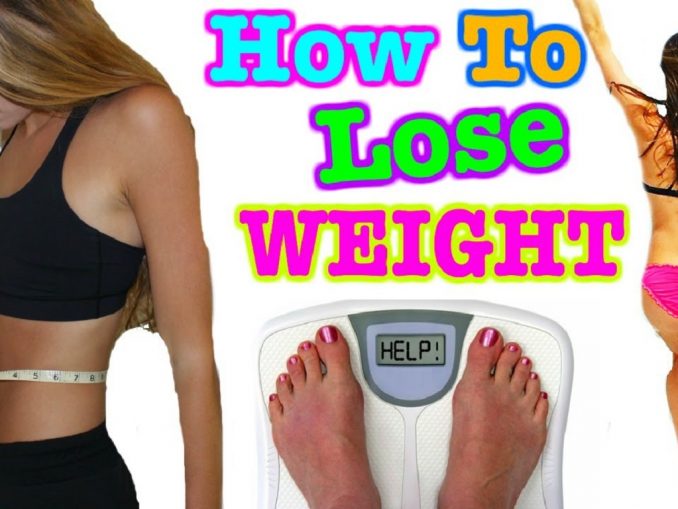 Low-fat milk will give you plenty of calcium, vitamin D, and protein. 100% fruit juices are a great treat, drink them safely.
Low-fat milk will give you plenty of calcium, vitamin D, and protein. 100% fruit juices are a great treat, drink them safely.
It is good if one and a half to two hours pass between a full meal and training. But, if this is unattainable, it is still better to intercept something than to skip lunch and remain hungry. Eat little and often. Two hours before class or performance, eat small portions of grains, vegetables/fruits, and protein. For example, a butter-free tomato sandwich, lettuce and some turkey meat
- and vegetables are also a major source of magnesium and potassium, two minerals that keep our bones strong. If you want to prevent fractures and ruptures of soft tissues, you need vitamin K. It is found in green vegetables and blue, purple fruits (plums, blackberries, black currants, blueberries). Studies show that people who eat plenty of fruits, vegetables, and other low-calorie foods (more water and less starch, fat, and protein per gram) are not overweight.
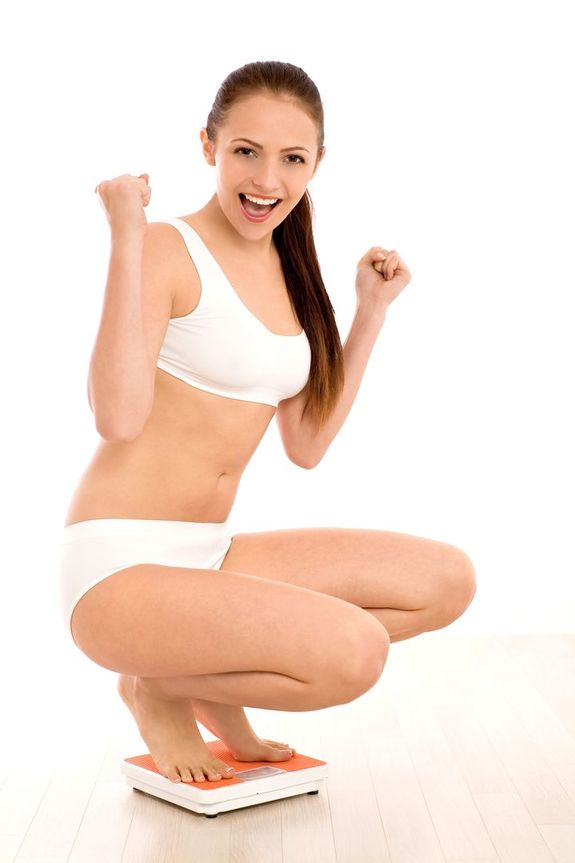
“I always recommend a sensible diet that includes lots of carbohydrates and no excess fat. Dancers don't need any different fuel than other people - they just need more because they use more energy," says Deborah Bull, former head dancer at the Royal Ballet.
You can also eat yogurt, turkey breasts, vegetable sandwiches, vegetable soups, tuna, tuna salad. Carbohydrates from pasta, wholemeal bread, rice and other cereals will give you energy. A lot of protein is found in turkey, peanut butter, cheese, eggs and ham. And, if common sense is silent, nutrition experts will speak for it: do not abuse fried foods, chips and fast food. Of course, you don't have to cut fat completely. If you go on a fat-free diet, you will be constantly hungry, which can lead to you consuming more calories than you need. So from time to time, allowing yourself pizza or just a sandwich is quite acceptable.
Nutrition for dance classes
Every person should follow a healthy diet, and especially if you are a dancer (dancer) and constantly attend training or dance training is something more for you, especially if it is energetic dance: hip-hop training, go-go etc. The body requires constant nutrition of proper quality and quantity. Dancing requires a lot of energy, so dancers must consume enough calories to keep up with the physical needs of the body. A dancer's diet should consist of a balance of carbohydrates, proteins, fats, vitamins and minerals, and appropriate fluids.
The body requires constant nutrition of proper quality and quantity. Dancing requires a lot of energy, so dancers must consume enough calories to keep up with the physical needs of the body. A dancer's diet should consist of a balance of carbohydrates, proteins, fats, vitamins and minerals, and appropriate fluids.
Carbohydrates:
Carbohydrates (starch) should make up about 50-65% of a dancer's diet. Carbohydrates are found in foods such as cereals, pasta, bagels, bread and baked potatoes.
Proteins:
Proteins are essential for building and repairing muscles. Proteins should make up 12-15% of a dancer's diet. Good sources of protein include lean meats, poultry, legumes, vegetables, and tofu.
Fats:
Many dancers worry about gaining weight and therefore severely limit their fat intake. However, low-fat diets can cause decreased performance and also lead to serious health consequences. A dancer's diet should consist of 20-30% fat. Eat foods low in saturated fats such as avocados, nuts, and seafood.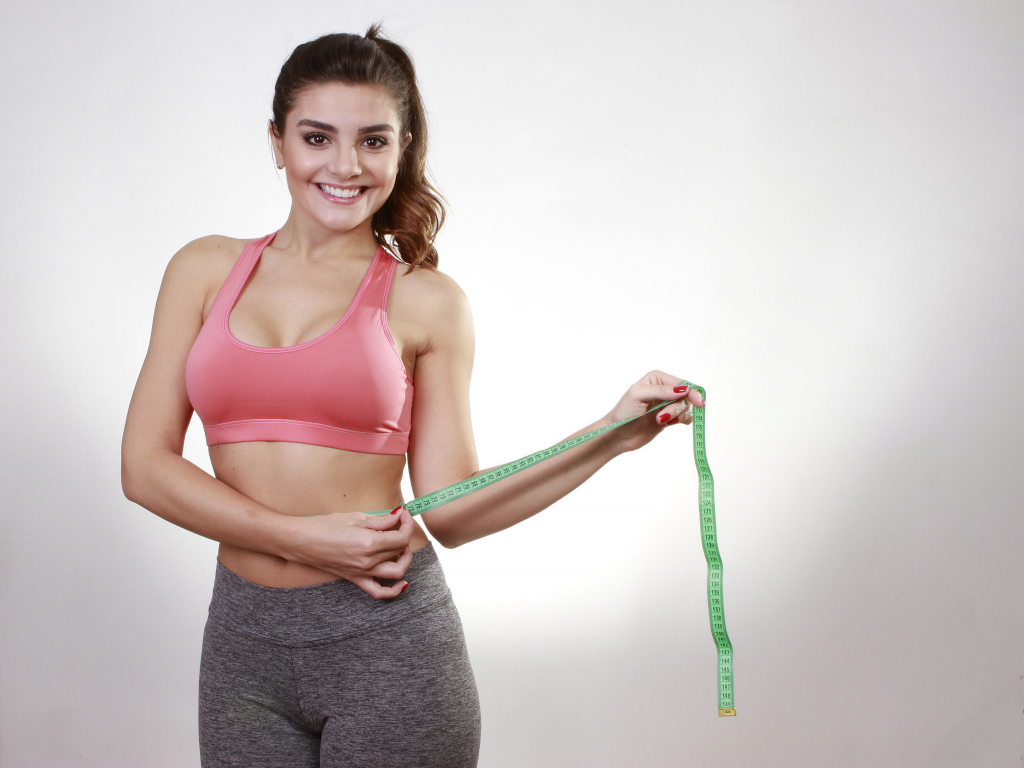
Vitamins and minerals:
Vitamins and minerals play important roles in the body, such as energy production and cell formation. To get all the important vitamins and minerals, dancers should eat at least five servings of fresh fruits and vegetables a day, and choose whole grain breads and cereals. Multivitamin complexes should be consumed by those who do not receive adequate amounts of fresh fruit.
We do not consume a huge amount of fruits and vegetables, therefore we recommend to dancers and everyone who receives significant physical activity - dietary supplements from the company "Santegra". http://www.santegra.spb.ru/
Here you can find complexes for children, teenagers and adults.
You can order these "helpers" for dancers from us at the Exclusive Dance School by phone 252-32-93, 279-89-25 or by asking in person.
FLUIDS
Water is needed to regulate body temperature, to maintain blood circulation, the body's salt and electrolyte balance, and to remove waste products.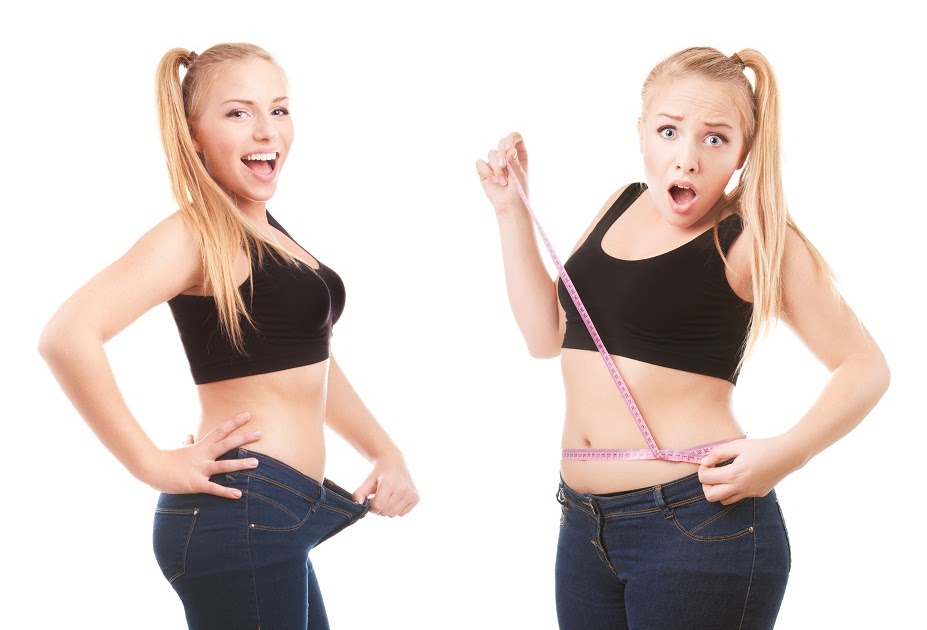 The fluid lost through sweating is designed to cool the body. Since dancers lose a lot of water, before replenishing the liquid spent for training, you need to remember to drink a small amount of water before and during training
The fluid lost through sweating is designed to cool the body. Since dancers lose a lot of water, before replenishing the liquid spent for training, you need to remember to drink a small amount of water before and during training
Dancers constantly strive to look fit and healthy. Unfortunately, many uninformed dancers go to dangerous extremes and, in an effort to lose weight, begin to starve themselves and use diuretics and other drugs. They do not know that there are healthy alternatives - ways that help in the fight against excess weight. One such way is to drink more than eight glasses of water a day.
Water naturally suppresses appetite and helps the body burn stored fat. Studies show that reducing water intake leads to fat storage, while increasing the amount of water drunk causes the body to lose weight. The reason for this is that without enough water, the kidneys cannot function properly. And when the kidneys are not working properly, part of their work is shifted to the liver.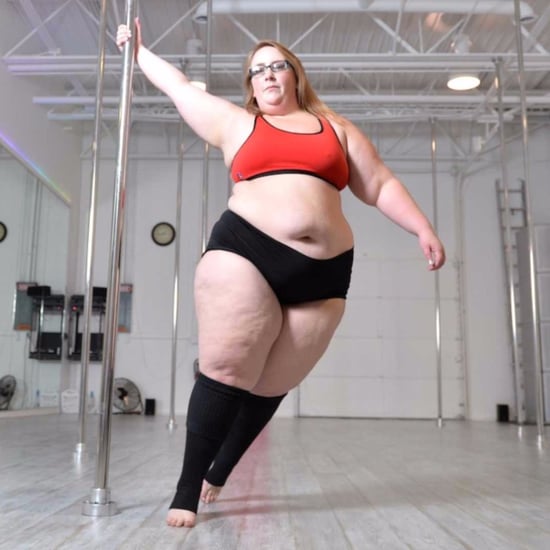
One of the main functions of the liver is to convert stored fat into energy for the body. The liver is not able to do this job well if it helps the kidneys. As a result, less fat is processed. And the fat that is not converted into energy remains in the body.
Here are some more good reasons to drink water:
Drinking is the best remedy for fluid retention. If your body does not get enough water, it perceives this as a threat to survival and retains the fluid you drink. This results in swollen feet, legs, and arms. In this situation, diuretics help only for a while; in addition, together with water, they wash out nutrients from the body. The best way to insure yourself against water retention is to drink it. When your body begins to get as much water as it needs, it gets rid of the water that it has stored in itself
If you have problems with water retention in the body, the reason for this may be excessive salt intake. The more salt you eat, the more water your body needs to dissolve it.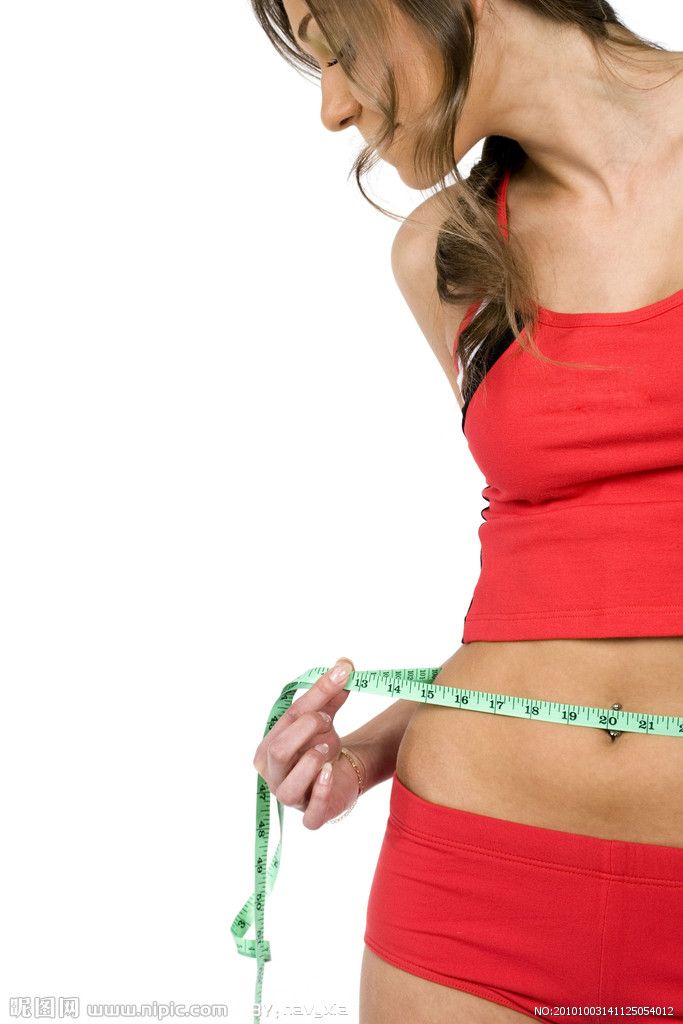 There are two options: either limit your salt intake - or drink more water.
There are two options: either limit your salt intake - or drink more water.
An overweight person needs to drink more water than a thin person. The explanation is simple: water is a factor in fat metabolism
Water helps the body maintain muscle tone. This is because water conditions the natural ability of muscles to contract and prevents dehydration.
Water helps the skin look healthy: it straightens the skin cells, which usually wrinkle when losing weight.
Waste is washed out of the body with water.
How much water should you drink? The average person should drink about eight glasses a day. But the dancer needs to drink more. You also need to drink more if you are in a hot room or on a hot street. Cool water is absorbed faster than warm water. And always remember to drink before you get thirsty.
If your body gets enough water, its systems function normally. This means that:
1. The function of the endocrine glands improves
2. The problem of fluid retention in the body is solved
The problem of fluid retention in the body is solved
3. More fat is processed
4. A feeling of natural thirst appears
5. Hunger subsides
As soon as you will begin to drink enough water, thirst will return to you if you have lost it due to the deposition of fluid in the body.
Remember: dance progress is faster for people who drink a lot of water.
USEFUL INFORMATION
Silhouette is important in dancing - those contours and lines that the dancer's body creates, that external aesthetics that the viewer subconsciously prefers. Beautiful silhouette = beautiful dance. If you are at least a hundred times flexible, mobile, technical, but if you have extra fat, it will be difficult to compete on the floor with more slender dancers. And a woman is generally supposed to have a pretty tummy, only if she is a bellydance performer. On the other hand, the dancer's energy costs are such that there is no way to go on "hungry" diets.
For fun, let's remember the best diet: “For breakfast - cake, for lunch - cake and sex, for dinner - sex. If you feel that you are starting to gain weight, exclude all starchy foods. Mmm…perhaps, there is a rational grain in this, but the dancer, nevertheless, will have to choose a more varied and balanced diet.
If you feel that you are starting to gain weight, exclude all starchy foods. Mmm…perhaps, there is a rational grain in this, but the dancer, nevertheless, will have to choose a more varied and balanced diet.
How to eat to keep your figure slim
Usually, dancers have enough intense workouts that burn a lot of calories. For most, the problem is “how to lose weight?” - not very relevant. On the contrary, among young dancers, moaning is often heard about how to gain a couple of extra pounds lost in this frantic dance rhythm. But still, there are two reasons that make this topic come up. The first is that people who are inclined by nature to be overweight also want to dance, and for them, just loads alone may not be enough to make the figure look perfect. The second is that with age, changes occur in the human body that make even professional athletes who have devoted their whole lives to dancing think about being overweight.
A slender figure, first of all, is hindered by fast food, uneven and excessive nutrition. But limiting yourself literally in everything is not worth it, this will not lead to a long-term desired effect and, moreover, will undermine your health and deprive you of the strength necessary for dancing. You need to eat wholesome, healthy food and small portions. Avoid cola and carbonated sugary drinks. Do not overeat after training and at night. Food must be home cooked, fresh and of good quality.
But limiting yourself literally in everything is not worth it, this will not lead to a long-term desired effect and, moreover, will undermine your health and deprive you of the strength necessary for dancing. You need to eat wholesome, healthy food and small portions. Avoid cola and carbonated sugary drinks. Do not overeat after training and at night. Food must be home cooked, fresh and of good quality.
A dancer often cannot understand why, even with considerable loads, he still gains weight. And the reason for this is snacking during classes, which disrupt the metabolism, which leads to the formation of excess weight. Uniform, balanced, and most importantly, moderate nutrition will “put things in order” in the body and the weight will return to normal.
Aim for 6 small meals a day. At the same time, the main meals, the most saturated with calories, should be for breakfast and dinner. The remaining 4 meals are lightweight: protein milkshake, sandwich and nuts, fruit juices.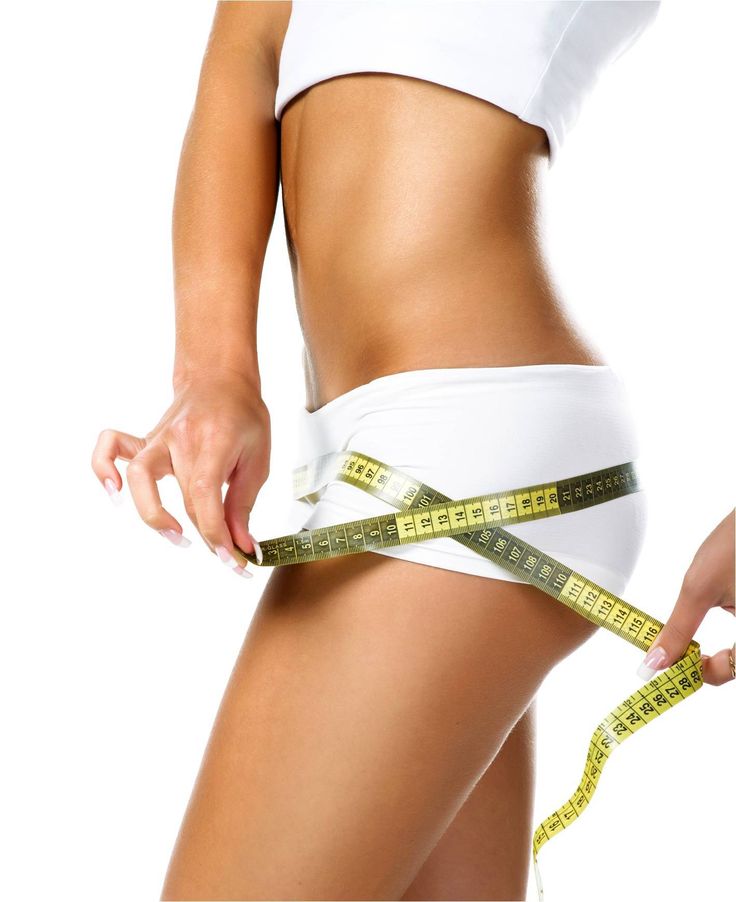 You should eat when you are directly hungry. Eliminate pure sugar and white bread. Portioned meals speed up the metabolism, which contributes to weight loss.
You should eat when you are directly hungry. Eliminate pure sugar and white bread. Portioned meals speed up the metabolism, which contributes to weight loss.
Your diet should be dominated by fruits and vegetables. It is the ideal food for the dancer who wants to lose weight. They contain no extra calories and are low in protein, fat and starch. But such an important component for a dancer as water is found in excess in vegetables and fruits.
In order to burn fat at night, you can eat an orange, grapefruit, drink a glass of water with squeezed lemon juice or kefir.
How to eat for energy
In addition to a toned figure, good health is important for a dancer in order to feel a surge of strength during training and performances, and not decline, lightness, and not exhaustion. To do this, you will have to constantly monitor your diet. A good coach immediately warns that you can’t dance on an empty stomach, as the body loses a lot of sodium and fluid during intense training.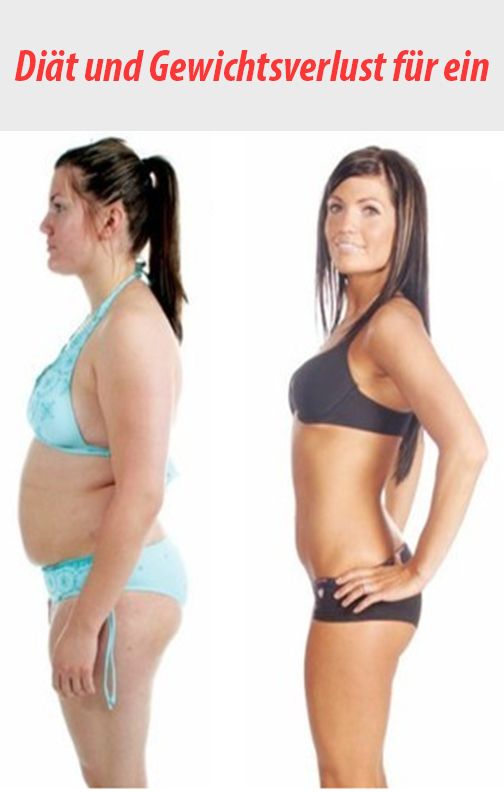
However, it's easier said than done, especially if the time between training and performances is catastrophically short.
But there is a way out. It is necessary to build food intake into the system and include in your diet those foods that are guaranteed to give a good boost of energy and will not be deposited in the waist area.
Effective work in training and performances allows muscle carbohydrate-glycogen. To maximize its content, a full meal should take place one and a half or two hours before a rehearsal or performance. Glycogen stores in the body are depleted after exercise, and only the next meal replenishes them. Therefore, the dancer needs to get used to eating little, but often.
When it comes to daily nutrition, the most important meal for a dancer is breakfast. The task is to eat in the morning so that you feel full and energetic for longer. For this purpose, cereals and cereals rich in fiber are best suited. Cereals can be consumed with low-fat milk. Together with the carbohydrates contained in cereals, the body receives a large supply of energy and no extra calories. Infrequently, but you can cook omelettes with different fillings - pieces of meat, chicken, cheese. When you need to have breakfast quickly, you can make a vitamin cocktail: 5-6 tablespoons of low-fat yogurt, banana and fresh strawberries. There are many variations of these cocktails. Feel free to experiment. Even if you are very late, you can’t skip breakfast at all and deprive the body of an energy source. It doesn't take long to eat a banana and drink a glass of orange juice.
Together with the carbohydrates contained in cereals, the body receives a large supply of energy and no extra calories. Infrequently, but you can cook omelettes with different fillings - pieces of meat, chicken, cheese. When you need to have breakfast quickly, you can make a vitamin cocktail: 5-6 tablespoons of low-fat yogurt, banana and fresh strawberries. There are many variations of these cocktails. Feel free to experiment. Even if you are very late, you can’t skip breakfast at all and deprive the body of an energy source. It doesn't take long to eat a banana and drink a glass of orange juice.
Nutritionists advise a simple rule of a balanced diet: half the serving on your plate should be raw or cooked vegetables, one quarter should be proteins (meat and fish), and the other quarter should be carbohydrates (side dish, pasta, potatoes or a slice of bread).
A couple of hours before the performance, eat foods high in protein, such as a sandwich with boiled veal tongue or chicken or turkey meat. In addition, a vegetable salad with cereals, some hard cheese and fruit. High physical activity is perfectly supported by bananas, carrots and celery. When choosing plant foods, you can use the following rule: the richer and brighter the color of a vegetable or fruit, the more nutrients it contains - calcium, magnesium and other minerals necessary for bone strength. But vitamin K, which protects soft tissues from rupture and helps prevent fractures, is found in green vegetables, plums and black currants.
In addition, a vegetable salad with cereals, some hard cheese and fruit. High physical activity is perfectly supported by bananas, carrots and celery. When choosing plant foods, you can use the following rule: the richer and brighter the color of a vegetable or fruit, the more nutrients it contains - calcium, magnesium and other minerals necessary for bone strength. But vitamin K, which protects soft tissues from rupture and helps prevent fractures, is found in green vegetables, plums and black currants.
A dancer's daily diet should be dominated by:
- foods high in carbohydrates: wholemeal bread, pasta, boiled rice and other cereals, yogurt, vegetables, vegetable soups, yogurt, nuts;
- protein products: chicken and turkey, lean meat and fish, peanut butter, scrambled eggs, ham, cheese, seafood; boiled or baked meat (hot as a second course or cold for a sandwich)
It is worth limiting fats, but they cannot be completely excluded: sour cream (with prunes and dried apricots), pizza
Exclude: processed foods (chips), fast food
It is very important to remember that exercise puts a lot of stress on the heart.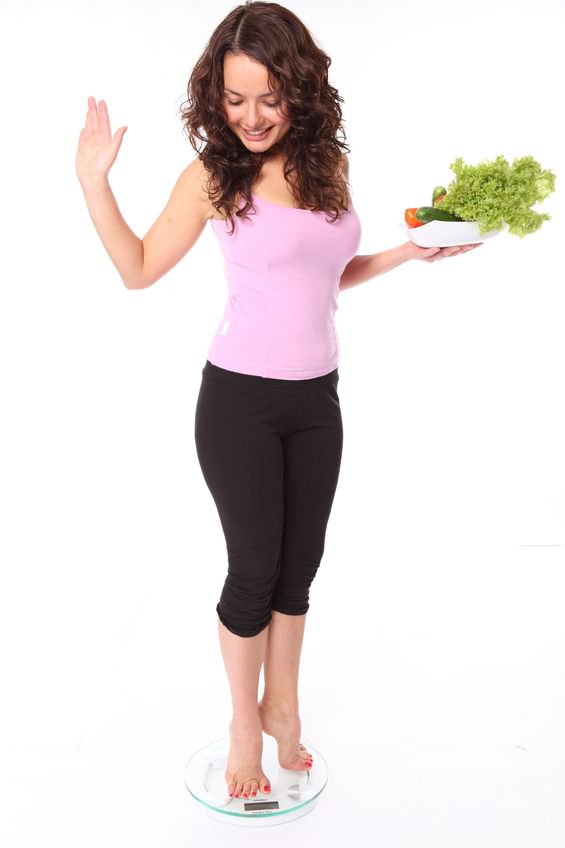 To strengthen it, you can use this recipe for the rhythmic work of the heart muscle: mix walnuts, prunes, raisins, dried apricots and honey taken in equal amounts (say, 200 grams), keep this wonderful mixture in the refrigerator and take one spoon 3 times a day.
To strengthen it, you can use this recipe for the rhythmic work of the heart muscle: mix walnuts, prunes, raisins, dried apricots and honey taken in equal amounts (say, 200 grams), keep this wonderful mixture in the refrigerator and take one spoon 3 times a day.
What can you eat "quickly" at performances and training
Before leaving for the competition, the dancer needs to eat something light, porridge or a bun with tea. When the stomach is full, the nerves are calmer and you feel better.
During competitions, buffets serve mainly high-fat and low-quality food: fried pies and donuts, hot dogs and chips. Therefore, you need to bring food to the competition with you, especially for children. Make sure that the package contains fruits, cheese, yogurt, bread, vegetable salads. Such food makes the dancer “light”, does not interfere with movements and turns. Sports bars may well serve as a source of energy, but not sweets, which give a short-term energy surge, after which rapid fatigue sets in.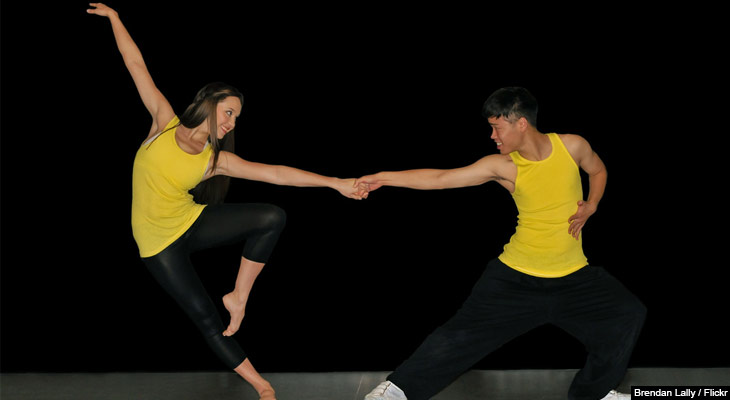 Be sure to drink during the competition so that dehydration does not cause muscle spasms and cramps.
Be sure to drink during the competition so that dehydration does not cause muscle spasms and cramps.
Best snacks at competitions: yoghurt and cheese, vegetables and fruits, sports bars, lean sandwiches. Bananas - contain a mineral to maintain strength - potasium. Be sure to have water on hand.
Worst for snacking: chips, sweets, fatty foods, sodas and caffeinated energy drinks.
A dancer without water, neither here nor there.
You probably know that water has a special meaning for a dancer. Why is it so important to maintain the water balance in the body and what, in fact, to drink?
During exercise, the body's water content decreases rapidly. It is impossible to wait until the feeling of thirst begins to be felt acutely, because this will mean that the body has already become deficient in water. Meanwhile, dehydration can become a serious problem even if the water content in the body has decreased by only a couple of percent. Muscles become dehydrated, become fragile and vulnerable. This will certainly affect the quality of your performance. Therefore, you need to drink plenty of fluids and regularly. During a short workout, which does not exceed 1 hour, it is best to drink still mineral water. However, if the workout lasts longer, then you will need additional calories. As a short-term means of increasing energy, isotonic energy drinks are suitable. But relying on them for a whole day is not wise. Drink skim milk and a variety of smoothies containing it - this is vitamin D, calcium and essential proteins. Natural fruit juices (not carbonated!) or water with the addition of lemon or a small amount of any fruit juice are very good at quenching thirst.
This will certainly affect the quality of your performance. Therefore, you need to drink plenty of fluids and regularly. During a short workout, which does not exceed 1 hour, it is best to drink still mineral water. However, if the workout lasts longer, then you will need additional calories. As a short-term means of increasing energy, isotonic energy drinks are suitable. But relying on them for a whole day is not wise. Drink skim milk and a variety of smoothies containing it - this is vitamin D, calcium and essential proteins. Natural fruit juices (not carbonated!) or water with the addition of lemon or a small amount of any fruit juice are very good at quenching thirst.
Do not drink energy drinks containing caffeine and a lot of sugar before a competition. Such a combination can give energy, but the stomach and nerves will upset, this will manifest itself in nausea and pain in the abdomen.
Those who still love caffeinated drinks should remember that for every cup of caffeinated drink you need to drink 2 cups of mineral water to neutralize the negative effects of caffeine on the body.
Since the body also receives fluid from food, always carry fruit rich in juice with you when training. An excellent option for maintaining strength is chicken broth. Take it with you in a thermos, the body will receive both liquid and energy.
You can also help anyone - children, teenagers and adults with the help of vitamins!
http://www.santegra.spb.ru/
Diets for dancers Internet edition "Elements of Dance" and sex, for dinner - sex. If you feel that you are starting to gain weight, exclude all starchy foods. Mmm…perhaps, there is a rational grain in this, but the dancer, nevertheless, will have to choose a more varied and balanced diet.
How to eat to keep your figure slim
Usually, dancers have enough intense workouts that burn a lot of calories. For most, the problem is “how to lose weight?” - not very relevant. On the contrary, among young dancers, moaning is often heard about how to gain a couple of extra pounds lost in this frantic dance rhythm.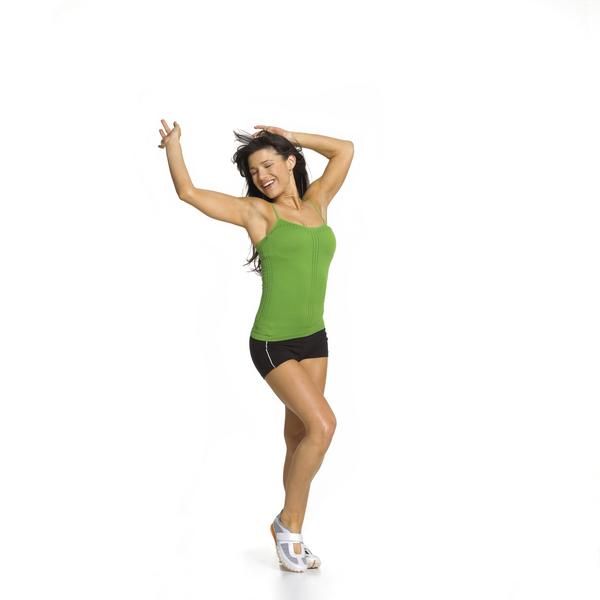 But still, there are two reasons that make this topic come up. The first is that people who are inclined by nature to be overweight also want to dance, and for them, just loads alone may not be enough to make the figure look perfect. The second is that with age, changes occur in the human body that make even professional athletes who have devoted their whole lives to dancing think about being overweight.
But still, there are two reasons that make this topic come up. The first is that people who are inclined by nature to be overweight also want to dance, and for them, just loads alone may not be enough to make the figure look perfect. The second is that with age, changes occur in the human body that make even professional athletes who have devoted their whole lives to dancing think about being overweight.
A slender figure, first of all, is hindered by fast food, uneven and excessive nutrition. But limiting yourself literally in everything is not worth it, this will not lead to a long-term desired effect and, moreover, will undermine your health and deprive you of the strength necessary for dancing. You need to eat wholesome, healthy food and small portions. Avoid cola and carbonated sugary drinks. Do not overeat after training and at night. Food must be home cooked, fresh and of good quality.
A dancer often cannot understand why, even with considerable loads, he still gains weight. And the reason for this is snacking during classes, which disrupt the metabolism, which leads to the formation of excess weight. Uniform, balanced, and most importantly, moderate nutrition will “put things in order” in the body and the weight will return to normal.
And the reason for this is snacking during classes, which disrupt the metabolism, which leads to the formation of excess weight. Uniform, balanced, and most importantly, moderate nutrition will “put things in order” in the body and the weight will return to normal.
Aim for 6 small meals a day. At the same time, the main meals, the most saturated with calories, should be for breakfast and dinner. The remaining 4 meals are lightweight: protein milkshake, sandwich and nuts, fruit juices. You should eat when you are directly hungry. Eliminate pure sugar and white bread. Portioned meals speed up the metabolism, which contributes to weight loss.
Your diet should be dominated by fruits and vegetables. It is the ideal food for the dancer who wants to lose weight. They contain no extra calories and are low in protein, fat and starch. But such an important component for a dancer as water is found in excess in vegetables and fruits.
In order to burn fat at night, you can eat an orange, grapefruit, drink a glass of water with squeezed lemon juice or kefir.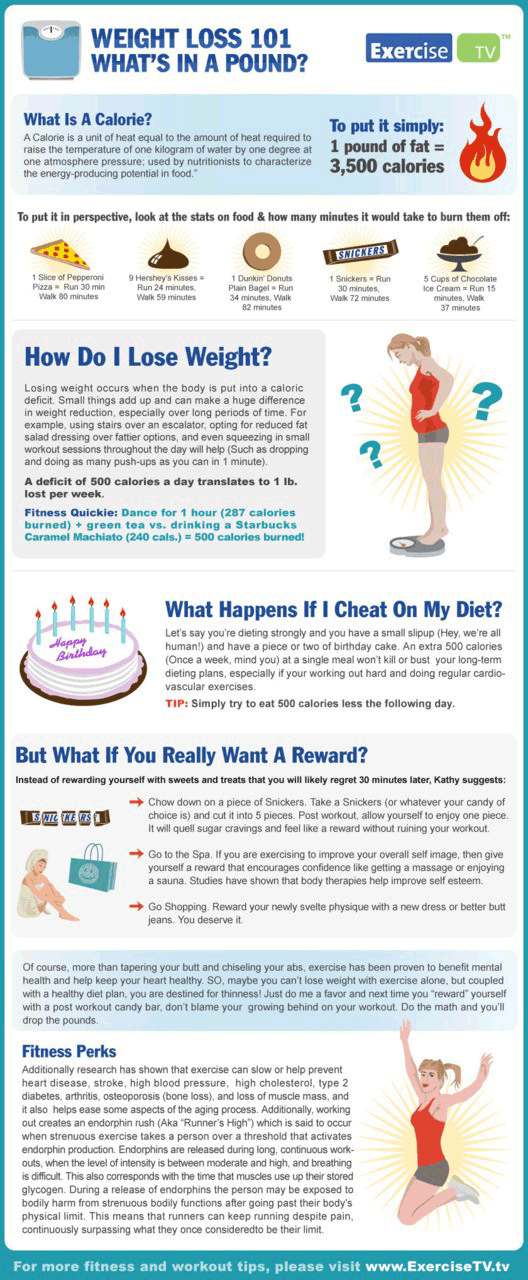
How to eat for energy
In addition to a toned figure, good health is important for a dancer in order to feel a surge of strength during training and performances, and not decline, lightness, and not exhaustion. To do this, you will have to constantly monitor your diet. A good coach immediately warns that you can’t dance on an empty stomach, as the body loses a lot of sodium and fluid during intense training.
However, it's easier said than done, especially if the time between training and performances is catastrophically short.
But there is a way out. It is necessary to build food intake into the system and include in your diet those foods that are guaranteed to give a good boost of energy and will not be deposited in the waist area.
Effective work in training and performances allows muscle carbohydrate-glycogen. To maximize its content, a full meal should take place one and a half or two hours before a rehearsal or performance. Glycogen stores in the body are depleted after exercise, and only the next meal replenishes them. Therefore, the dancer needs to get used to eating little, but often.
Glycogen stores in the body are depleted after exercise, and only the next meal replenishes them. Therefore, the dancer needs to get used to eating little, but often.
When it comes to daily nutrition, the most important meal for a dancer is breakfast. The task is to eat in the morning so that you feel full and energetic for longer. For this purpose, cereals and cereals rich in fiber are best suited. Cereals can be consumed with low-fat milk. Together with the carbohydrates contained in cereals, the body receives a large supply of energy and no extra calories. Infrequently, but you can cook omelettes with different fillings - pieces of meat, chicken, cheese. When you need to have breakfast quickly, you can make a vitamin cocktail: 5-6 tablespoons of low-fat yogurt, banana and fresh strawberries. There are many variations of these cocktails. Feel free to experiment. Even if you are very late, you can’t skip breakfast at all and deprive the body of an energy source. It doesn't take long to eat a banana and drink a glass of orange juice.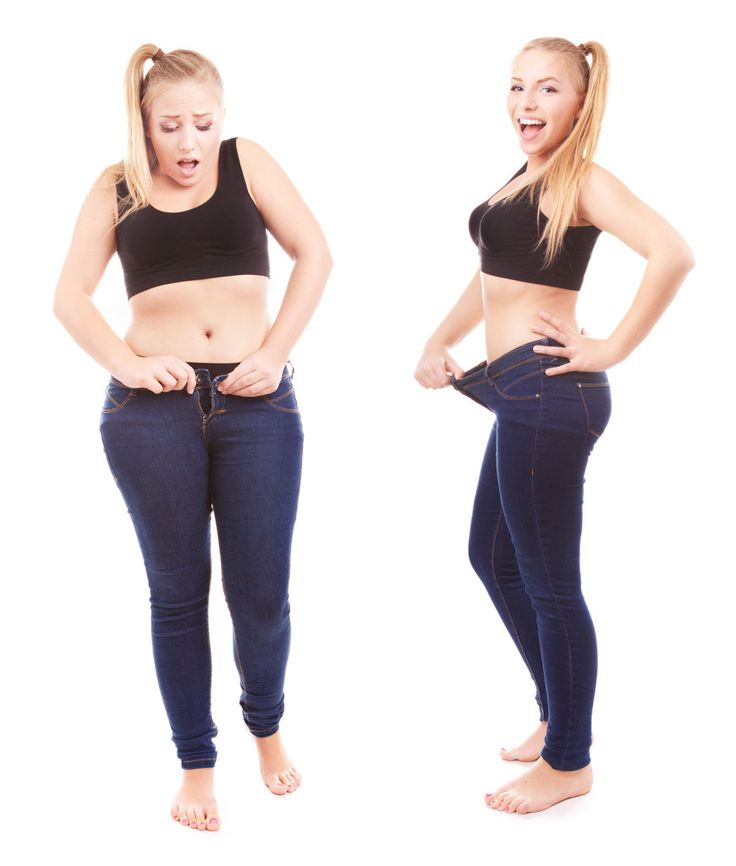
Nutritionists advise a simple rule of a balanced diet: half the serving on your plate should be raw or cooked vegetables, one quarter should be proteins (meat and fish), and the other quarter should be carbohydrates (side dish, pasta, potatoes or a slice of bread).
A couple of hours before the performance, eat foods high in protein, such as a sandwich with boiled veal tongue or chicken or turkey meat. In addition, a vegetable salad with cereals, some hard cheese and fruit. High physical activity is perfectly supported by bananas, carrots and celery. When choosing plant foods, you can use the following rule: the richer and brighter the color of a vegetable or fruit, the more nutrients it contains - calcium, magnesium and other minerals necessary for bone strength. But vitamin K, which protects soft tissues from rupture and helps prevent fractures, is found in green vegetables, plums and black currants.
A dancer's daily diet should be dominated by:
- foods high in carbohydrates: wholemeal bread, pasta, boiled rice and other cereals, yogurt, vegetables, vegetable soups, yogurt, nuts;
- protein products : chicken and turkey, lean meat and fish, peanut butter, scrambled eggs, ham, cheese, seafood; boiled or baked meat (hot as a second course or cold for a sandwich)
It is worth limiting fats, but not completely eliminating them: sour cream (with prunes and dried apricots), pizza
Exclude: processed food (chips), fast food
It is very important to remember that training is a big load on the heart. To strengthen it, you can use this recipe for the rhythmic work of the heart muscle: mix walnuts, prunes, raisins, dried apricots and honey taken in equal amounts (say, 200 grams), keep this wonderful mixture in the refrigerator and take one spoon 3 times a day.
To strengthen it, you can use this recipe for the rhythmic work of the heart muscle: mix walnuts, prunes, raisins, dried apricots and honey taken in equal amounts (say, 200 grams), keep this wonderful mixture in the refrigerator and take one spoon 3 times a day.
What can you eat "quickly" at performances and trainings
Before leaving for the competition, the dancer needs to eat something light, porridge or a bun with tea. When the stomach is full, the nerves are calmer and you feel better.
During competitions, buffets serve mainly high-fat and low-quality food: fried pies and donuts, hot dogs and chips. Therefore, you need to bring food to the competition with you, especially for children. Make sure that the package contains fruits, cheese, yogurt, bread, vegetable salads. Such food makes the dancer “light”, does not interfere with movements and turns. Sports bars may well serve as a source of energy, but not sweets, which give a short-term energy surge, after which rapid fatigue sets in. Be sure to drink during the competition so that dehydration does not cause muscle spasms and cramps.
Be sure to drink during the competition so that dehydration does not cause muscle spasms and cramps.
The best snacks at competitions: yoghurt and cheese, vegetables and fruits, sports bars, lean sandwiches. Bananas - contain a mineral to maintain strength - potasium. Be sure to have water on hand.
Worst for snacking: chips, sweets, fatty foods, sodas and caffeinated energy drinks.
A dancer without water, neither here nor there.
You probably know that water is very important for a dancer. Why is it so important to maintain the water balance in the body and what, in fact, to drink?
During exercise, the body's water content decreases rapidly. It is impossible to wait until the feeling of thirst begins to be felt acutely, because this will mean that the body has already become deficient in water. Meanwhile, dehydration can become a serious problem even if the water content in the body has decreased by only a couple of percent.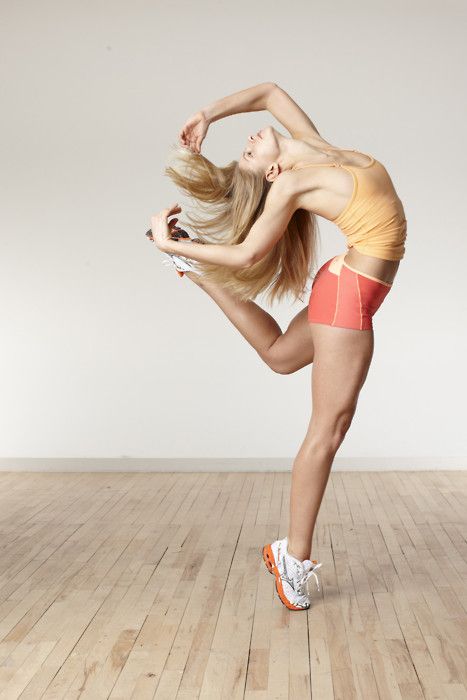 Muscles become dehydrated, become fragile and vulnerable. This will certainly affect the quality of your performance. Therefore, you need to drink plenty of fluids and regularly. During a short workout, which does not exceed 1 hour, it is best to drink still mineral water. However, if the workout lasts longer, then you will need additional calories. As a short-term means of increasing energy, isotonic energy drinks are suitable. But relying on them for a whole day is not wise. Drink skim milk and a variety of smoothies containing it - this is vitamin D, calcium and essential proteins. Natural fruit juices (not carbonated!) or water with the addition of lemon or a small amount of any fruit juice are very good at quenching thirst.
Muscles become dehydrated, become fragile and vulnerable. This will certainly affect the quality of your performance. Therefore, you need to drink plenty of fluids and regularly. During a short workout, which does not exceed 1 hour, it is best to drink still mineral water. However, if the workout lasts longer, then you will need additional calories. As a short-term means of increasing energy, isotonic energy drinks are suitable. But relying on them for a whole day is not wise. Drink skim milk and a variety of smoothies containing it - this is vitamin D, calcium and essential proteins. Natural fruit juices (not carbonated!) or water with the addition of lemon or a small amount of any fruit juice are very good at quenching thirst.
Do not drink energy drinks containing caffeine and a lot of sugar before a competition. Such a combination can give energy, but the stomach and nerves will upset, this will manifest itself in nausea and pain in the abdomen.
Those who still love caffeinated drinks should remember that for every cup of caffeinated drink you need to drink 2 cups of mineral water to neutralize the negative effects of caffeine on the body.
